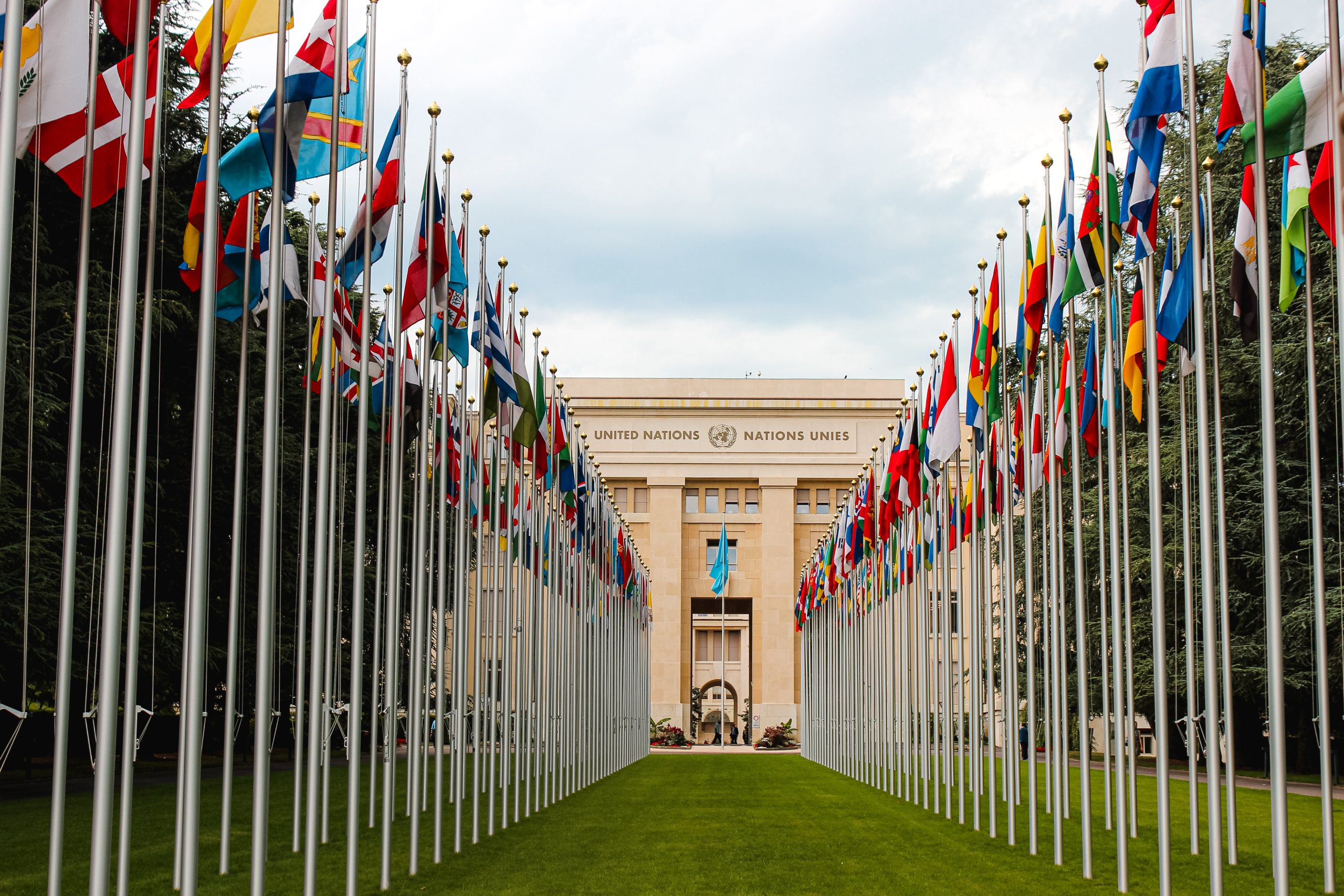This article is in partnership with Day Translations.
Wouldn’t it be nice to be able to simply absorb language like babies and young children do, then all of a sudden replicate the sounds you hear and start conversing in a newly acquired language?
There is a lot to be said about teaching foreign languages and how language students can get results from applying themselves and practise.
Language teaching often relies heavily on perfecting grammar and pronunciation, but that may stunt the natural progress that students may experience.
Natural Linguists
The Scientific American magazine reported back in 2015 that babies are “natural linguists” as they become native speakers in all the 7,000 plus available global languages in their early years.
There is a very powerful phrase in that article: “Infant learning occurs before parents realize that it is taking place.” Passive listening is one component of language learning and little ears are constantly listening to what other are saying.
Between the ages of six months to three years, children can pick up on sounds and replicate them, even in more than one language. By the time they are three years old and above they can start having proper conversations.
Neuroscientists have discovered that babies can detect all the 800 phonemes or sounds that make up any language. The “golden age” for children to learn a second language is up to seven years old.
Babies use their brains in different capacities, on the one hand processing the information they receive and on the other getting immersed in the language through social interactions.
Babies are also aware of which sounds happen more frequently in common speech and they can intuitively build statistical models in their minds. The most frequent sounds tend to make the most used words.
The main characteristic that sets babies’ brains from adults’ brains is plasticity, which alters a baby’s brain chemistry in a profound way. This does not tend to happen in adulthood, when attempting to learn a foreign language.
The key differentiator in achieving successful results with language learning in young children is the interaction with live speakers in person. Studies have found that simply being a passive listener on its own is not enough for language acquisition. It is the social context that really brings a language and its learning to life. This also boost the mind’s own reward system, as a flood of feel good dopamine makes a learner feel accomplished.
Lit Hub explored the topic of children and learning to read in 2021 and children and learning languages in 2024.
Children learn to read through sounds as they make sense of what they see through what each word sounds like, i.e., through phonics. Then there are variation across languages, with English being one of the most difficult to read because of its many pronunciation exceptions, while Italian and Spanish being among the easiest because of their correspondence between letters and sounds.
When we speak, we make continuous sounds that only get interrupted when we catch a breath. However, when we read we see words that are separated by spaces between each of them.
When babies learn their first language, they are exposed to it since before birth and without any prior knowledge of any meaning of any words. By the time they are four years old they potentially already know 1,000 words and understand what they mean. This is all before they start school so there is a lot of intuitive and informal teaching and learning.
The brains of babies are primed to learn language and this ability becomes weaker after we turn 10 to 12 years old.
The key to learning a language for babies and young children is the repetition and the interaction: having them watch television is not a substitute for in person teaching.
As adults, we can embrace these lessons from research studies as we approach language learning in later life, while also acknowledging that are abilities are a fraction of those of babies.



